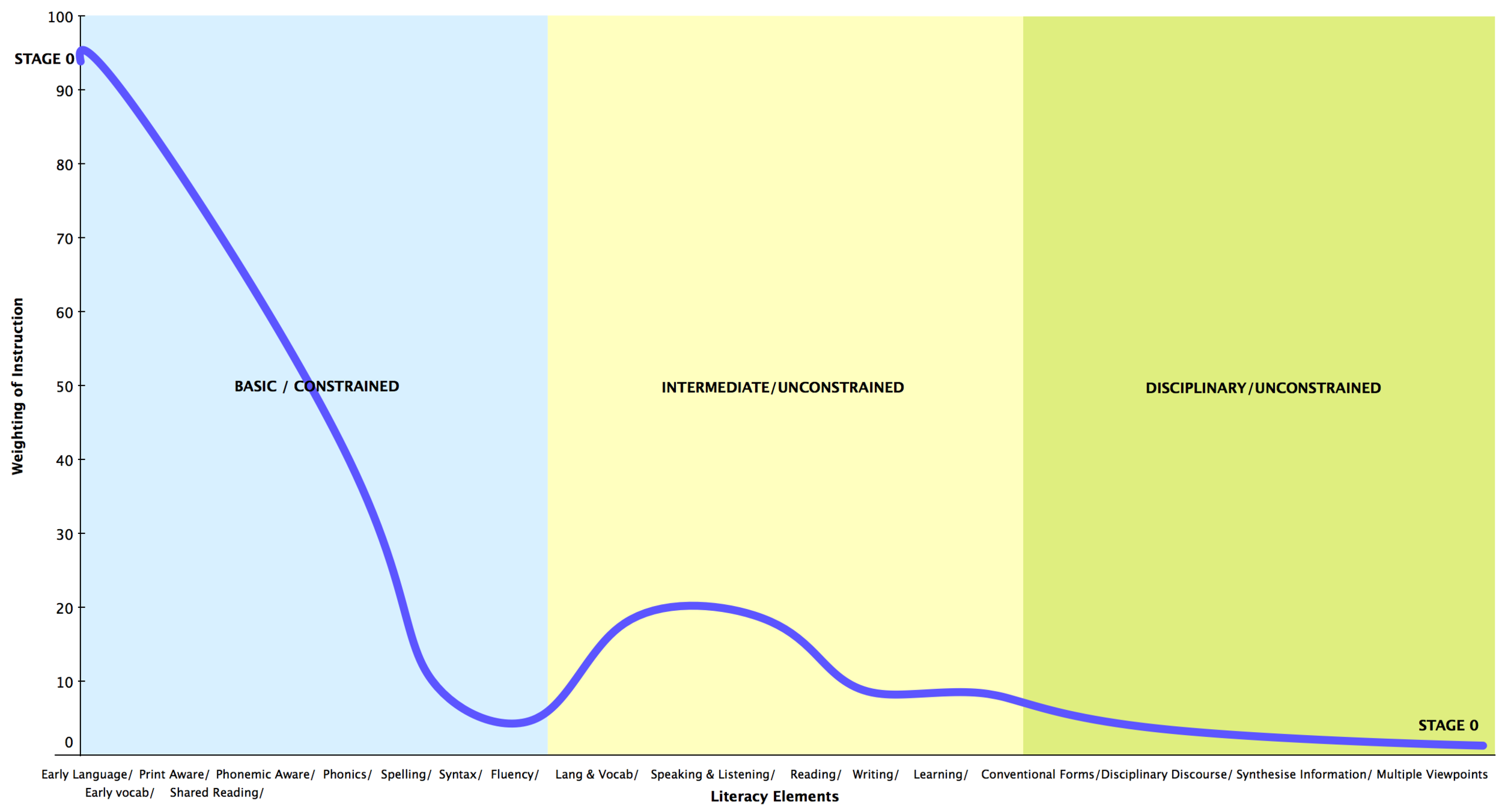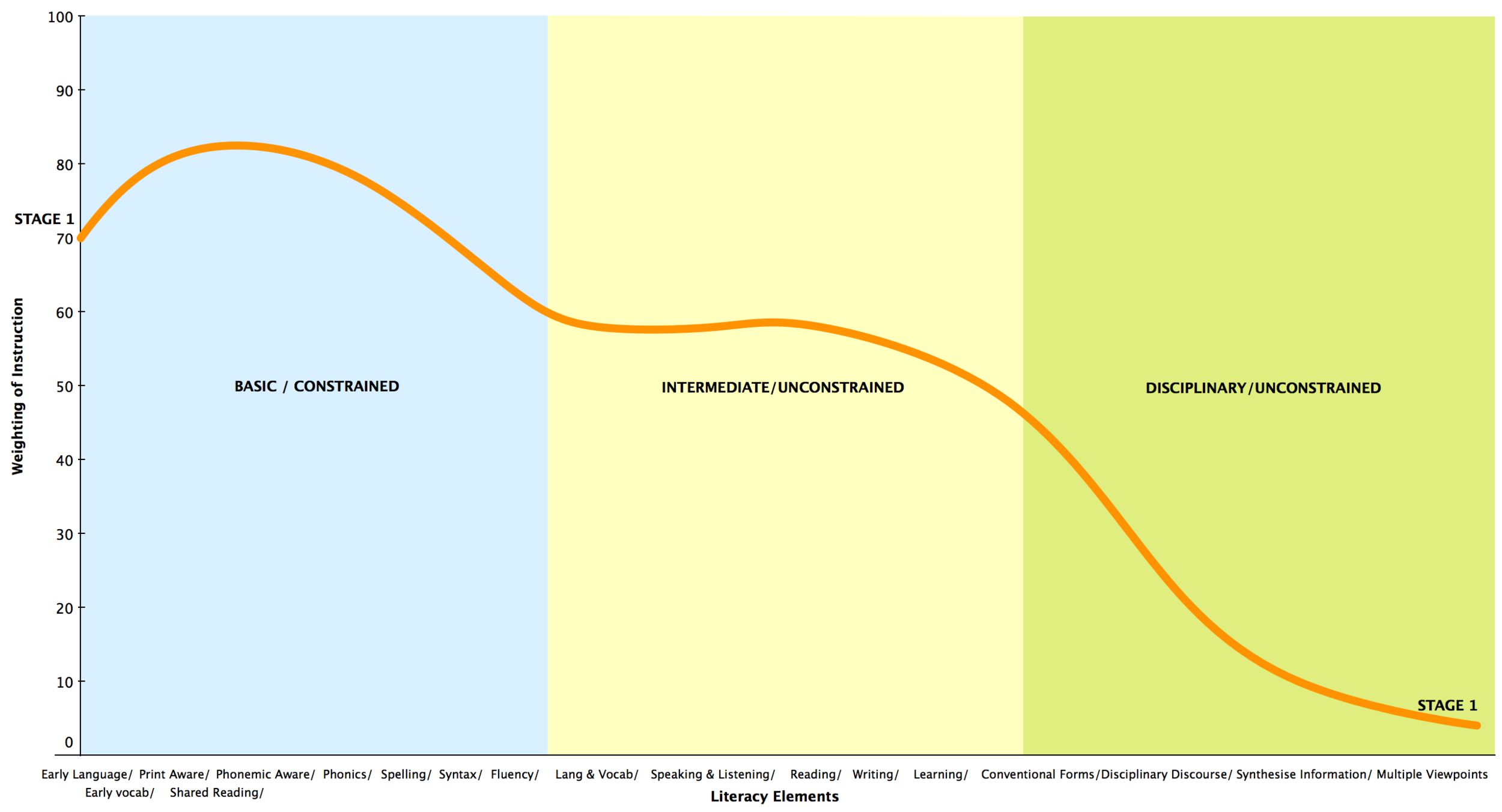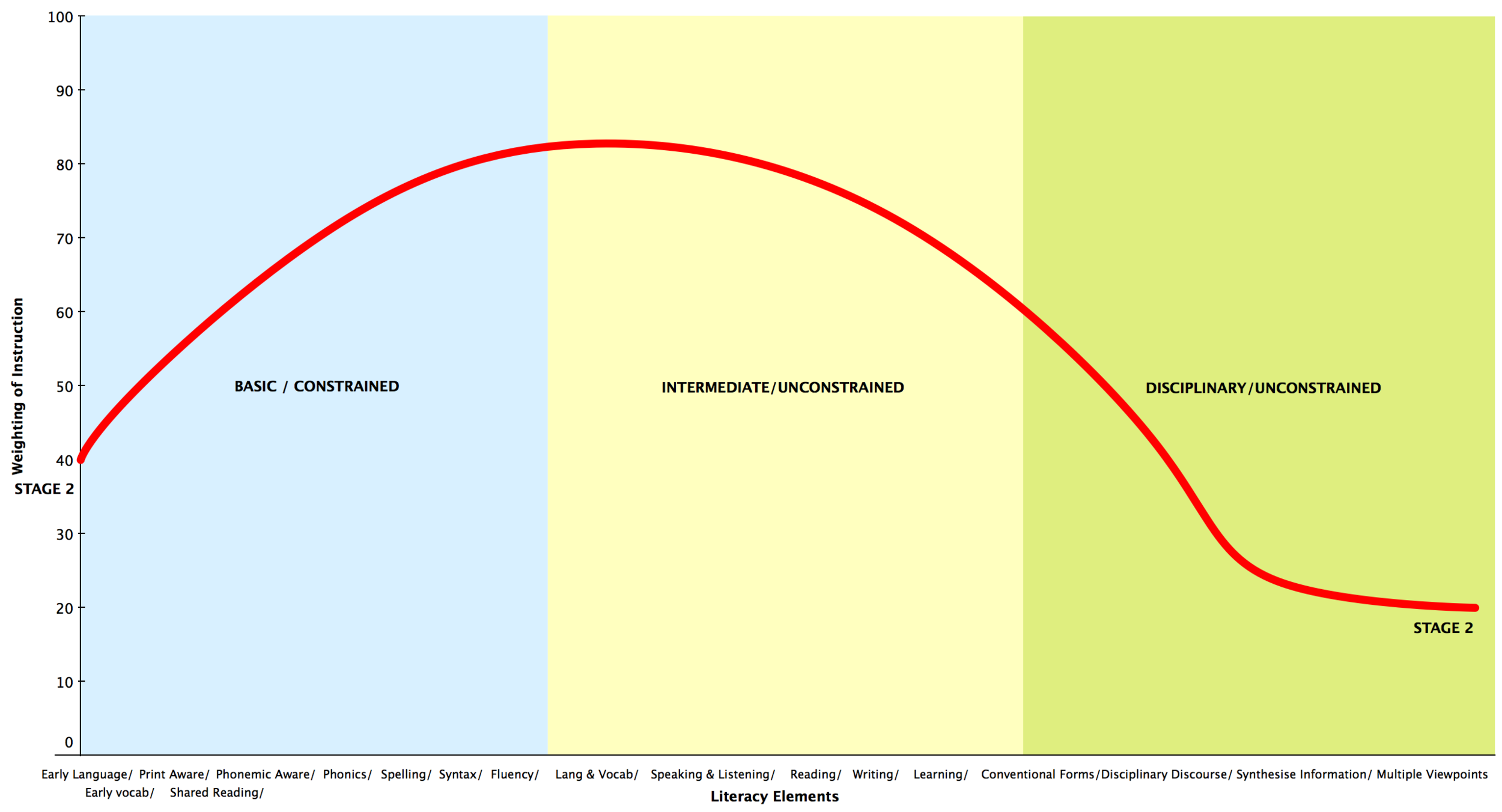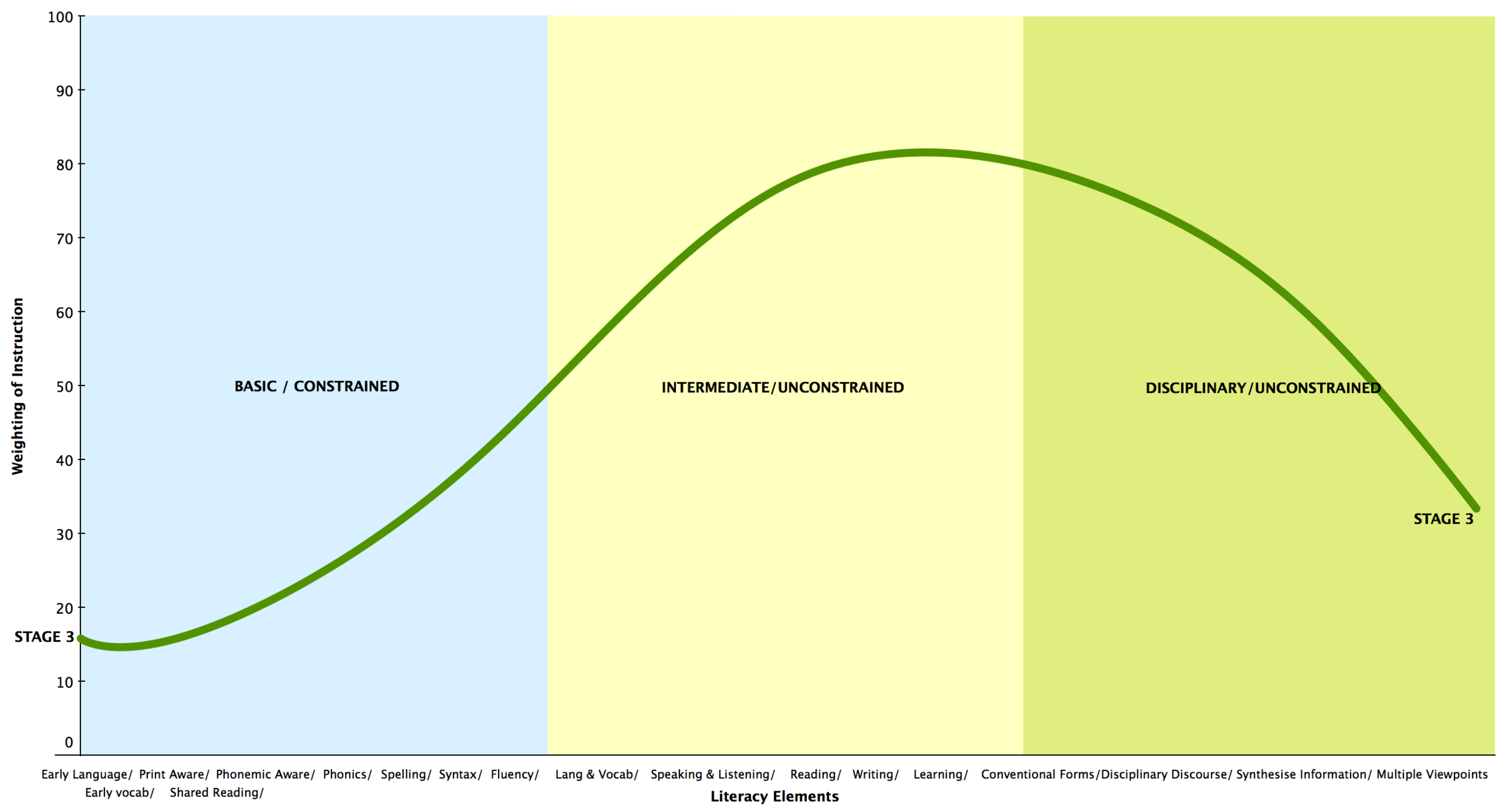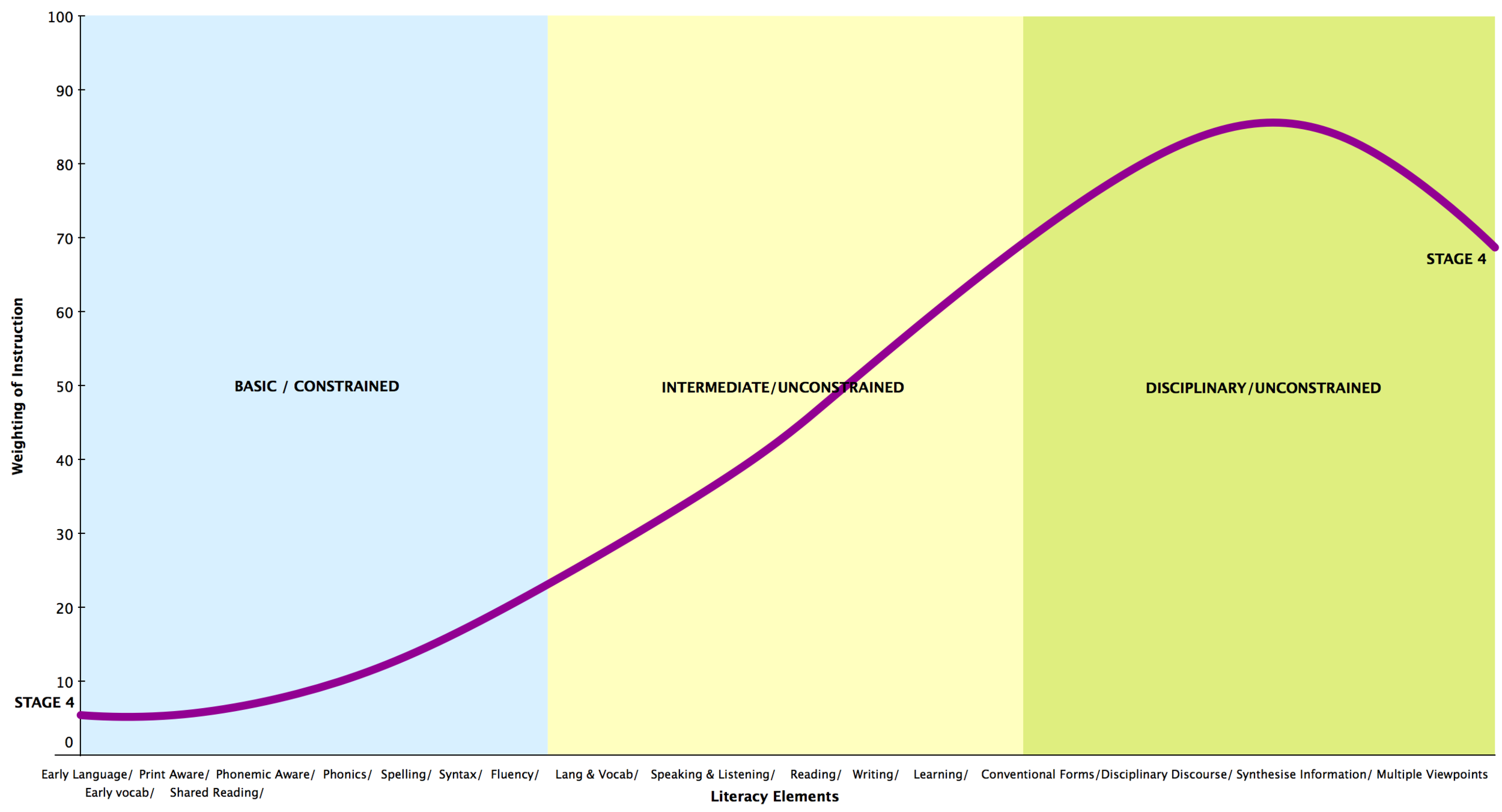Anyone curious about what I have been reading? Well, here is a list of articles that I have scoured in the past couple weeks:
- Biggs, M. A. R. (2004). Visualisation and Wittgenstein’s “Tractatus.” Studies in Multidisciplinarity, 2(1961), 293–303.
- Bowyer-Crane, C., Snowling, M. J., Duff, F. J., Fieldsend, E., Carroll, J. M., Miles, J., … Hulme, C. (2008). Improving early language and literacy skills: differential effects of an oral language versus a phonology with reading intervention. Journal of Child Psychology and Psychiatry, and Allied Disciplines, 49(4), 422–32. doi:10.1111/j.1469-7610.2007.01849.x
- Fricke, S., Bowyer-Crane, C., Haley, A. J., Hulme, C., & Snowling, M. J. (2013). Efficacy of language intervention in the early years. Journal of Child Psychology and Psychiatry, and Allied Disciplines, 54(3), 280–90. doi:10.1111/jcpp.12010
- Guthrie, J. T. (2001). Contexts for Engagement and Motivation in Reading. Reading Online, 4(8). Retrieved from http://www.readingonline.org/articles/handbook/guthrie/
- Hulme, C., & Snowling, M. J. (2011). Children’s Reading Comprehension Difficulties: Nature, Causes, and Treatments. Current Directions in Psychological Science, 20(3), 139–142. doi:10.1177/0963721411408673
- Hulme, C., & Snowling, M. J. (2013). Learning to Read: What We Know and What We Need to Understand Better. Child Development Perspectives, 7(1), 1–5. doi:10.1111/cdep.12005
- May, S. (2007). Sustaining Effective Literacy Practices Over Time in Secondary Schools: School Organisational and Change Issues. Language and Education, 21(5), 387–405. doi:10.2167/le799.0
- Olson, C. B., & Land, R. (2007). A cognitive strategies approach to reading and writing instruction for English language learners in secondary school. Research in the Teaching of English, 41(3), 269–303. Retrieved from <Go to ISI>://WOS:000244438000003
- Sailors, M., Hoffman, J. V, Pearson, P. D., Mcclung, N., Shin, J., Phiri, L. M., & Saka, T. (2012). Supporting Change in Literacy. Reading Research Quarterly, 49(2), 209–231. doi:10.1002/rrq.70
- Schmitt, N., Jiang, X., & Grabe, W. (2011). The Percentage of Words Known in a Text and Reading Comprehension. The Modern Language Journal, 95(1), 26–43. doi:10.1111/j.1540-4781.2011.01146.x
- Shanahan, T. (2008). Literacy across the lifespan: what works? Community Literacy Journal, 3(1), 3–20.
- Snow, C. E. (2002). Variability in reading comprehension. Reading, 19–28. Retrieved from http://www.rand.org/publications/MR/MR1465/
- What, I. E. S., & Clearinghouse, W. (2012). Teaching Elementary School Students to Be Effective Writers.


